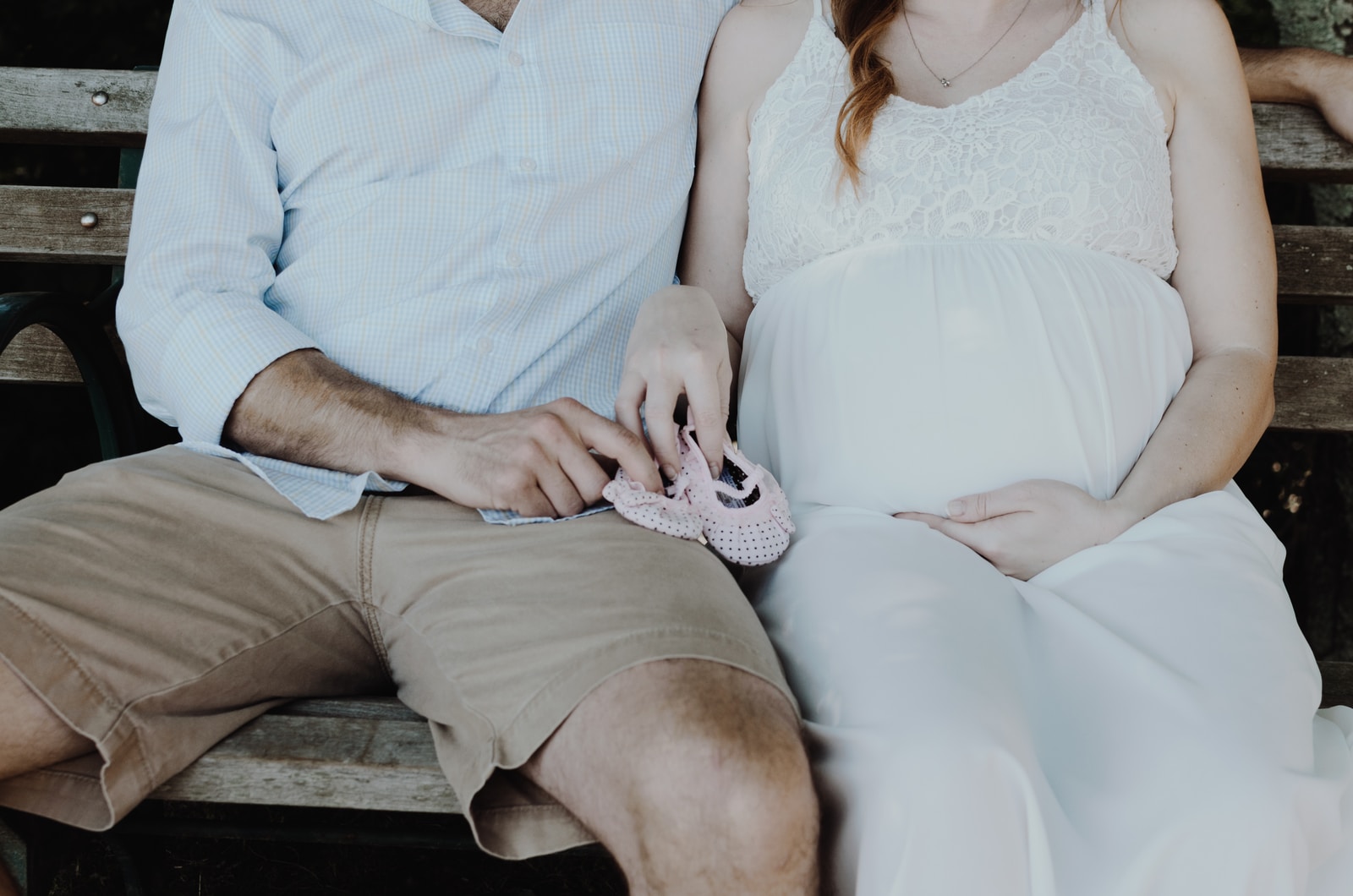Doctors at a hospital in Birmingham aborted a healthy baby instead of his sickly twin.
The incident occurred at Birmingham Women’s and Children’s NHS Foundation and has come to light via a Freedom of Information request by The Independent.
The anonymous mother decided to abort one of her children because the baby was diagnosed with restrictive growth, with one of the twins having a problem with his placenta and failing to receive enough nourishment, causing his growth to be stunted.
However, during the abortion, doctors ended the life of the ‘wrong’ twin.
According to the Royal College of Obstetricians and Gynaecologists (RCOG), selective fetal growth restriction occurs in around 10 per cent of twin pregnancies.
A RCOG spokesperson said: “Parents who undergo selective terminations of twin pregnancies face agonising decisions and report feelings of anxiety, stress and emotional trauma”.
Chief medical officer at Birmingham Women’s and Children’s NHS Trust, Dr Fiona Reynolds, said: “A full and comprehensive investigation was carried out swiftly after this tragic case and the findings were shared with the family, along with our sincere apologies and condolences”.
“The outcome of that thorough review has led to a new protocol being developed to decrease the likelihood of such an incident happening again.”
In England and Wales, 65 ‘selective termination’ abortions were performed in 2020, where a twin, triplet or more were aborted in the womb.
Two-day procedure
A selective reduction abortion usually takes two days. The first day generally involves testing to decide which baby will be ‘reduced’, and the second day involves a procedure where potassium chloride is injected into the heart of the selected baby (or babies) under the guidance of ultrasound imaging.
The administration of potassium chloride in executions in the United States is considered so painful that it is necessary to first administer an anaesthetic before its use. There is, however, no such obligation to use painkillers in late-term selective reduction procedures in the United Kingdom, despite the mounting evidence that the unborn baby is capable of experiencing pain and distress.
Women speak out about having selective reduction abortions
Outside the United Kingdom, some women have spoken publicly about having a selective reduction abortion.
One woman in the United States recounted her story to the New York Times in 2011.
She described how she was grateful that her sonographer had turned off the overhead screen as she did not want to see the two shadows floating inside her.
The woman described how she had tried not to think about them, but that she could often think of little else.
She was pregnant at 45, after six years of fertility treatment in the pursuit of having a baby – the article recounts that “yet here she was, 14 weeks into her pregnancy, choosing to extinguish one of two healthy fetuses, almost as if having half an abortion”.
She later said: “If I had conceived these twins naturally, I wouldn’t have reduced this pregnancy, because you feel like if there’s a natural order, then you don’t want to disturb it. But we created this child in such an artificial manner — in a test tube, choosing an egg donor, having the embryo placed in me — and somehow, making a decision about how many to carry seemed to be just another choice. The pregnancy was all so consumerish to begin with, and this became yet another thing we could control”.
Another woman recounted expecting a baby boy and a girl. She decided to abort the boy because she already had a son.
Referring to this story, a commenter on UrbanBaby.com said: “Something about that whole situation just seemed unethical to me. I just couldn’t sleep at night knowing that I terminated my daughter’s perfectly healthy twin brother”.
Right To Life UK spokesperson, Catherine Robinson, said: “This is a truly tragic story but not because the “wrong” twin was aborted. There is no “wrong” twin. If the “right” twin had been aborted this story would still be tragic. Disabled or not, struggling to develop properly or not, unborn babies, and everyone else, has a right to life.”
Please share this article so that others can discover The BFD.

